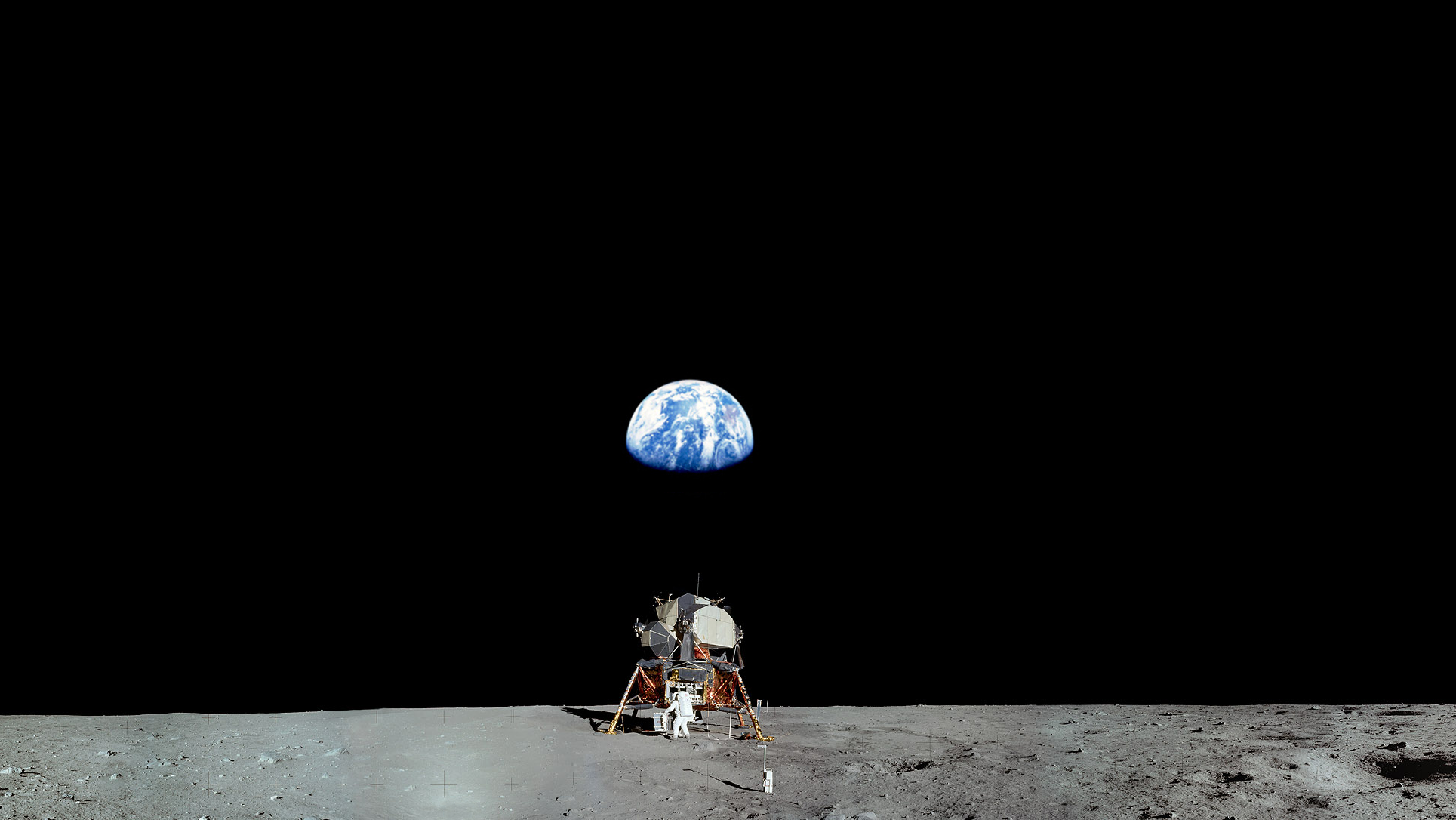

EPIC has an aperture diameter of 30.5 cm, a focal ratio of 9.38, a field of view of 0.61°, and a spatial resolution of ∼10 km/pixel. The Earth Polychromatic Imaging Camera (EPIC) on the Deep Space Climate Observatory (DSCOVR) clearly stands apart, observing the entire Sun-illuminated Earth from the L1 Sun-Earth Lagrange point ( Marshak et al., 2018).

Although current Earth-observing satellites can produce high-resolution views, LEO sensors can only scan a small portion of the surface at a given time, while GEO sensors can provide temporally continuous, though lower-resolution observations of a significant, though incomplete and fixed portion of the Earth’s disk. These polar regions are not observable from geostationary satellites located above the equator. Satellites from near-polar Sun-synchronous LEOs have limited observation capabilities at polar latitudes greater than 80° North and South. Numerous Low Earth Orbit (LEO) and Geosynchronous Equatorial Orbit (GEO) Earth-observing satellites provide a broad spectral range of viable data however, it is obtained at the expense of limited geographical (GEO) or temporal (LEO) coverage. Deploying an analog of EPIC on the Moon’s surface would offer a unique opportunity to image the full range of Earth phases, including observing ocean/cloud glint reflection for different phase angles monitoring of transient volcanic clouds detection of circum-polar mesospheric and stratospheric clouds estimating the surface BRF and full phase-angle integrated albedo and monitoring of vegetation characteristics for different phase angles. The L1 location, however, confines the observed phase angles to ∼2°–12°, a nearly backscattering direction, precluding any information on the bidirectional surface reflectance factor (BRF) or cloud/aerosol phase function. The Earth Polychromatic Imaging Camera (EPIC) on the Deep Space Climate Observatory (DSCOVR) satellite observes the entire Sun-illuminated Earth from sunrise to sunset from the L1 Sun-Earth Lagrange point. 4NASA Goddard Space Flight Center, Greenbelt, MD, United States.3Earth and Environment Department, Boston University, Boston, MA, United States.2Department of Geological and Mining Engineering and Sciences, Michigan Technological University, Houghton, MI, United States.1Science Systems and Applications, Lanham, MD, United States.Nick Gorkavyi 1*, Simon Carn 2, Matt DeLand 1, Yuri Knyazikhin 3, Nick Krotkov 4, Alexander Marshak 4, Ranga Myneni 3 and Alexander Vasilkov 1


 0 kommentar(er)
0 kommentar(er)
